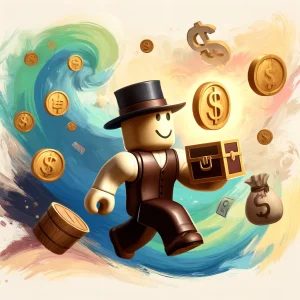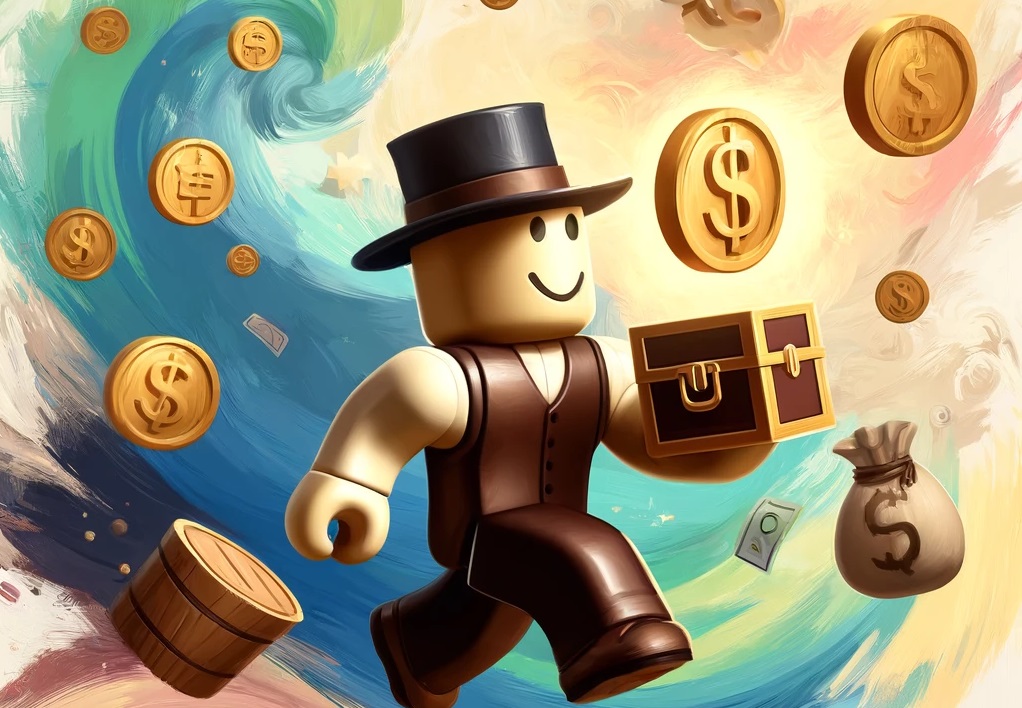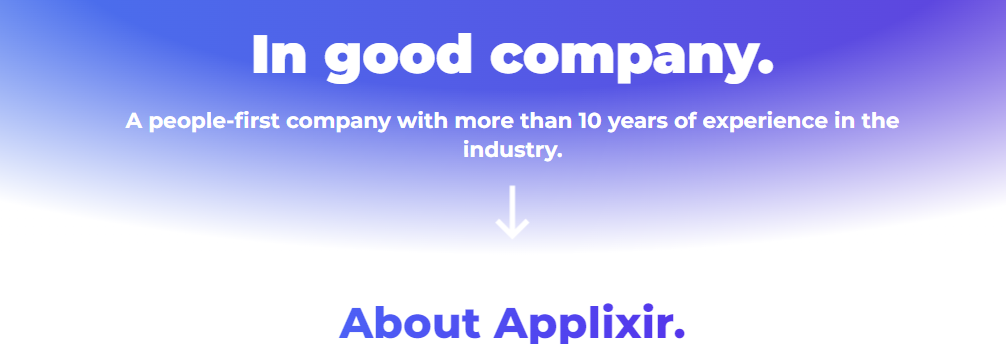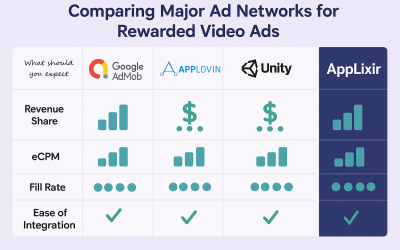Monetization on Roblox
Contents [hide]
Advertising on Roblox
Roblox has taken a bold step forward in advertising by introducing Rewarded Video Ad! YaY! This move marks a significant shift in how Roblox intends to leverage video advertising to unlock new revenue streams, despite the growing concerns around user privacy and the overall gaming experience. With more than 71 million daily users exploring a mix of games and experiences, Roblox offers advertisers a unique opportunity to reach a hard-to-capture demographic. However, this new venture is not without its challenges. The platform must navigate the complexities of integrating ads without detracting from the user experience, particularly given its young user base.
So why did Roblox took this long to introduce Rewarded Video Ad? what are the Pros and Cons of this move ? etc,… these are the questions I will answer in this post>
As every post, I will start by defining few things, what is Rewarded Ads? What’s Game Monetization etc
 Defining Rewarded Ads and Game Monetization
Defining Rewarded Ads and Game Monetization
The landscape of digital advertising and gaming has evolved dramatically. Over the years, we have intorduced more sophisticated ways for developers to monetize their content. Among these innovations, rewarded video ads and game monetization stand out as significant elements driving the industry forward. Understanding these concepts is crucial for developers, advertisers, and gamers alike. Continuing on “Monetization on Roblox” post,
What are Rewarded Video Ads?
Rewarded video ads are a form of advertising where users are given incentives to watch full-screen video ads in exchange for various rewards within the app or game. These rewards can include in-game currency, premium content, additional playtime, or other game-related benefits. The key aspect of rewarded video ads is that the viewing is voluntary; users opt in to watch the ads based on the promise of receiving something valuable in return.
Rewarded ads are particularly popular in mobile and online games but are also expanding into other app categories due to their effectiveness in maintaining user engagement and increasing monetization.
What is Game Monetization?
Game monetization refers to the strategies and methods that game developers use to generate revenue from their games. The overarching goal of game monetization is to convert the entertainment value provided into economic value, ensuring the sustainability and growth of the game and its developers. There are several common methods of game monetization:
- In-App Purchases: Players can buy virtual goods such as new levels, special abilities, or cosmetic items directly within the game. This is one of the most direct forms of monetization.
- Subscriptions: Games may offer a subscription model where players pay a recurring fee to access the game or receive regular updates and content. This can provide a steady revenue stream for developers.
- Advertising: Including various forms of advertisements such as banners, interstitials, and rewarded video ads within the game. Each type has different impacts on user experience and revenue potential.
- Freemium Model: Offering the game for free but charging for premium features or content. This model allows users to engage with the game at no cost initially but provides options for monetization through enhanced features.
- Merchandising: Selling physical goods related to the game, such as apparel, toys, or other branded items.
- Licensing: Licensing the game’s content or brand for use by other companies or for other media forms like movies or television.
Game monetization strategies are not mutually exclusive and are often used in combination to maximize revenue while aiming to maintain a positive user experience. The choice of monetization strategy depends heavily on the game’s audience, platform, and the nature of the game itself. Continuing on “Monetization on Roblox” post,
 The Impact of Video Ads on User Experience and Monetization
The Impact of Video Ads on User Experience and Monetization
The integration of video ads into Roblox presents a blend of opportunities and challenges. On the one hand, video ads serve as a new monetization avenue for both Roblox and its community of developers. They allow the platform to sustain growth and incentivize content creation. On the other hand, there are valid concerns regarding the intrusive nature of ads and their potential to disrupt gameplay, which could negatively impact user engagement and retention.
Despite these concerns, the financial implications are substantial. In the broader digital advertising landscape, video advertising revenue jumped significantly last year, with companies investing heavily in this format due to its effectiveness in capturing audience attention. Roblox’s venture into video ads aligns with this trend, aiming to carve out a significant share of the growing game advertising market, which is projected to increase by 13.4% this year.
Roblox Strategic Moves and Future Prospects
Before finalizing my post on “Monetization on Roblox” post, Roblox’s advertising strategy goes beyond usual methods. The company invites brands to build their own interactive realms. This approach boosts user engagement and creates new revenue sources for Roblox and its partners.
Roblox is planning to improve its ad-buying process using PubMatic’s automated tools. This will make transactions smoother and increase access to ad spaces. The change aims to attract more advertisers, including those from outside the gaming sector, enhancing monetization.
As Roblox refines its advertising approach, maintaining a balance between making money and keeping users happy is crucial. Thoughtful use of video ads could generate significant income while enriching the user experience. Yet, managing ad frequency, targeting, and content is vital to avoid user dissatisfaction.
With many digital platforms focusing on advertising for revenue, Roblox’s method could lead the way. It shows how gaming platforms can earn money from ads without lowering the quality of user experience.




